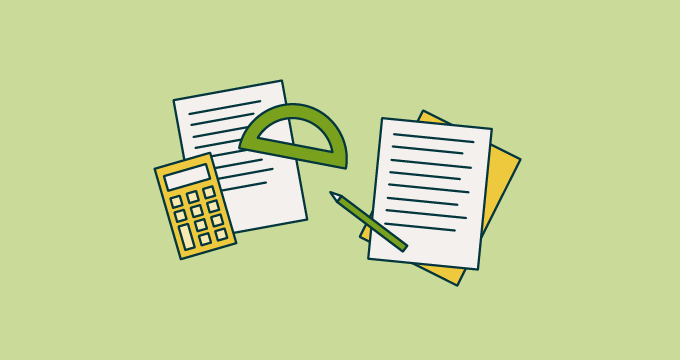As companies grow, it becomes harder and trickier to really know what’s going on with their customers. Hundreds of customers suddenly become thousands, sometimes those thousands become millions. As much as they’d like to be able to hear them all, there’s really no pragmatic way to do so. So instead, companies have to recognise the trends and patterns of their customers’ behaviors while utilizing the massive amount of data they have.
This is how customer analytics leads to better all-around decision making.
In customer service, customer analytics paints a more accurate picture of the different touch points in the customer journey. There are both opportunities and shortcomings to unearth; the sort of insights that skilled support managers can leverage into better strategies. With machine learning making better usage of Big Data, customer analytics can dive into even more complex use cases. This leads to sharper predictions about the future and can even provide an actionable roadmap for achieving those desired results.
There are 3 types of customer analytics that drive success in customer service. We’ve highlighted them below:
Descriptive analytics – “What happened?”
Descriptive analytics can be seen as the “standard” type of customer analytics: they summarise raw data into easily understandable and explainable analytics. They provide a view into the past to “describe” what has happened. These analytics can be the notable customer-oriented KPI’s of customer service: CSAT, total tickets, resolutions, and other types of historical insights.
Customer service managers get the most out of descriptive customer analytics by recognising trends, such as an uptick in tickets near product launches or during the holiday retail season. Those insights can fuel strategies for the next time the events occur. The data can also tell a story of how a support organisation is functioning, leading to optimisation for ideal customer support or departmental budgeting.
Predictive analytics- “What could happen?”
Predictive analytics are any business analysts best friend, thanks in part to machine learning techniques that are consistently making better and more accurate predictions. The algorithms fueling these educated guesses provide insights of what can be expected in the future, commonly referred to as “forecasting”. With the huge amount of information coming out of Big Data efforts, these forecasts are becoming more accurate and more crucial to a company’s success. Predictive analytics are massively popular in finance and marketing, and its applications are growing more widespread.
Predictive customer analytics in customer service can help managers understand what is currently driving success, so that their efforts can be emulated and optimised. They can also fill information gaps that descriptive analytics might miss. A good example is Zendesk Support’s Satisfaction Prediction, which uses machine learning to predict if a customer will be satisfied with the support they’ve received. This can help guide teams towards better overall support by increasing their CSAT – not to mention it’s also an excellent training tool for any customer service agent.
Prescriptive analytics – “What should we do?”
Prescriptive analytics are a newer kind of customer analytics; they’re something of a progression of predictive analytics. These AI-powered analytics provide advice on potential outcomes; essentially, they predict what will happen while recommending how those outcomes can be achieved. In customer service, that means how customer service teams can provide the optimal customer experience.
Since it is a fairly new field, there aren’t a lot of examples to highlight as of yet. But there are certainly exciting things on the horizon, like ways to best optimise your self-service efforts and making sure that customers get the educational materials they need. How relationships develop with your customers will be all the better for it.
